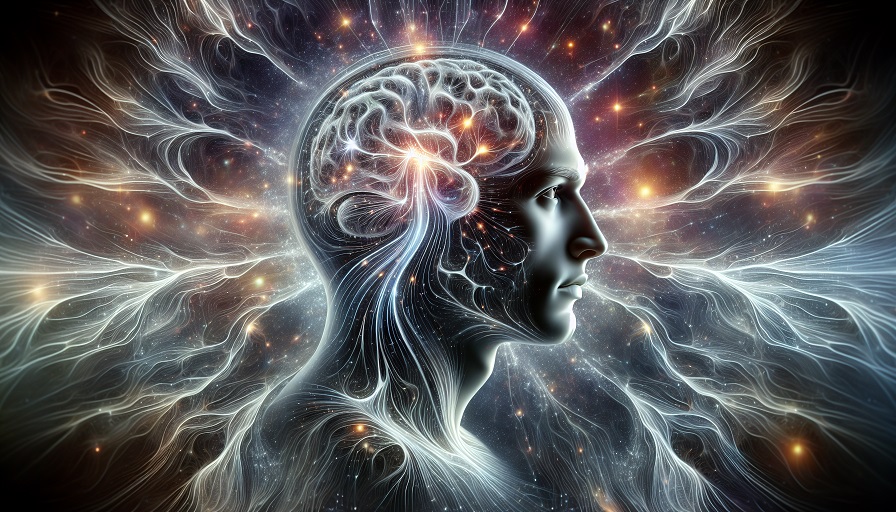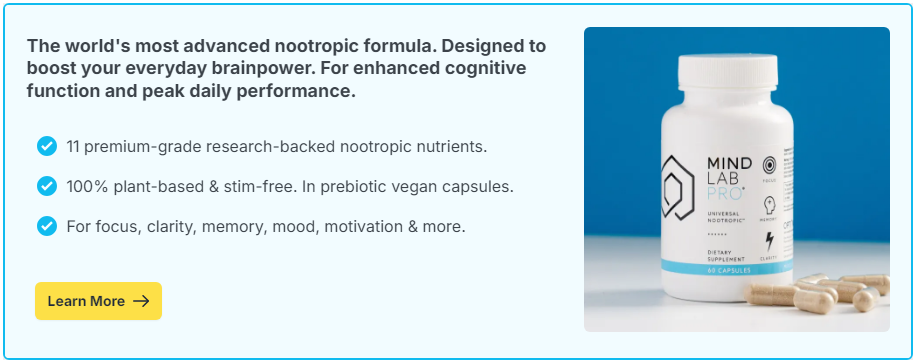
Artificial intelligence can write poetry, generate artwork, and compose music in seconds. At first glance, it looks like creativity has been automated. But if you take a closer look through the lens of brain science, the story changes. Algorithms mimic creativity, but they do not create in the same way human brains do. Neuroscience reveals why: creativity is a deeply human process shaped by emotion, memory, imagination, and flexibility. These qualities make human originality distinct from machine-made outputs and highlight why the brain still holds the upper hand.
Contents
What Algorithms Do Best
Before we compare, it’s worth understanding what algorithms excel at. They are not “creative” in the human sense; they operate through computation and probability. By analyzing enormous datasets, algorithms identify patterns, combine elements, and generate results that look fresh. This explains why AI can paint in the style of Van Gogh or compose music that sounds classical.
Pattern Recognition at Scale
Algorithms work by detecting patterns and producing variations. They have no concept of beauty or meaning, but they can remix millions of data points faster than any human. This is why they produce impressive results in seconds.
Limits of Algorithmic Imitation
While algorithms can mimic, they are confined to their training data. They cannot invent outside of what they’ve been fed. There is no leap of imagination, no emotional depth, and no personal experience behind their output.
The Neuroscience of Creativity
Brain science paints a different picture. Creativity is not about remixing the past; it’s about generating something new and meaningful. Neuroscience shows that this process requires multiple brain networks working together, along with emotion and memory that algorithms simply do not possess.
The Default Mode Network
When you daydream, imagine, or brainstorm, your default mode network (DMN) lights up. This system helps you connect distant ideas, creating unexpected combinations that spark originality. Algorithms don’t have an equivalent – they cannot wander into the unknown.
The Executive Control Network
Creativity is not just imagination – it’s refinement. The executive control network evaluates and shapes raw ideas into usable forms. This mix of free-flowing thought and critical judgment is a hallmark of human creativity.
Emotion and Memory
Creative work often carries emotional weight. A song about heartbreak, a painting inspired by grief, or a story drawn from childhood memories resonates because of lived experience. Algorithms cannot feel, and therefore cannot create with meaning.
Creativity as a Survival Skill
For humans, creativity is not just art – it’s survival. Neuroscience shows that creativity is tied to problem-solving and adaptability. Our ancestors relied on creative thinking to invent tools, navigate dangers, and build communities. This flexibility remains one of the brain’s greatest assets.
Adaptive Thinking
When faced with challenges, the brain generates new strategies. Creativity allows us to pivot, reframe problems, and find solutions machines would miss. Algorithms may optimize known paths, but humans create new ones.
Social Connection
Creative expression also builds relationships. Stories, songs, and rituals shaped human communities. Creativity is not just individual – it is social. This shared meaning gives human originality a depth no algorithm can match.
Why Algorithms Fall Short
While algorithms impress with speed and precision, they cannot replicate the human experience behind creativity. Neuroscience highlights several gaps machines cannot fill.
No Emotional Context
Machines generate without feeling. They don’t know joy, grief, or love. Without emotional context, their creations lack the resonance that defines human art and innovation.
No Imagination Beyond Data
Algorithms are locked within their datasets. Humans imagine beyond what exists – fantasies, dreams, and inventions that have no precedent. This imaginative leap is a uniquely human trait.
No Self-Awareness
Creativity involves a sense of identity and purpose. Artists often ask, “What do I want to say?” Algorithms cannot ask questions or reflect on meaning – they only output results.
Keeping the Brain’s Creative Edge Sharp
If creativity is our advantage, the next question is how to strengthen it. Neuroscience provides practical strategies to keep your brain’s creative circuits firing, even in an AI-powered world.
Expose Yourself to Novelty
New experiences spark new connections. Travel, hobbies, or simply reading outside your usual genres fuel creativity by expanding your brain’s input library.
Practice Divergent Thinking
Challenge your brain to generate multiple solutions to a single problem. Even silly or impractical ideas strengthen the connections that lead to true originality.
Protect Downtime
Daydreaming is not wasted time – it’s when the DMN activates. Allowing your brain space to wander supports creative breakthroughs.
Optimize Brain Health
Nutrition, sleep, exercise, and even nootropics support cognitive stamina. A healthy brain is a creative brain. Without these foundations, originality falters.
Case Studies: Human Creativity vs. Algorithms
Writers
AI may draft text, but writers add emotional resonance and narrative meaning. A novel resonates not because it is grammatically correct, but because it captures the human experience.
Artists
AI-generated images can mimic styles, but artists choose what to express, embedding their work with intention and story. That intentionality makes art meaningful.
Entrepreneurs
AI may analyze markets, but entrepreneurs imagine businesses that never existed before. Their risk-taking, vision, and adaptability drive innovation in ways machines cannot.
Brain science reveals that creativity is not just pattern recognition – it is imagination, emotion, and adaptability. Algorithms can imitate, but they cannot create with purpose or meaning. The human brain’s networks, emotions, and flexibility ensure that originality remains a uniquely human advantage. By nurturing and optimizing your brain’s creative strengths, you ensure that no matter how fast algorithms evolve, true creativity will always be yours.

